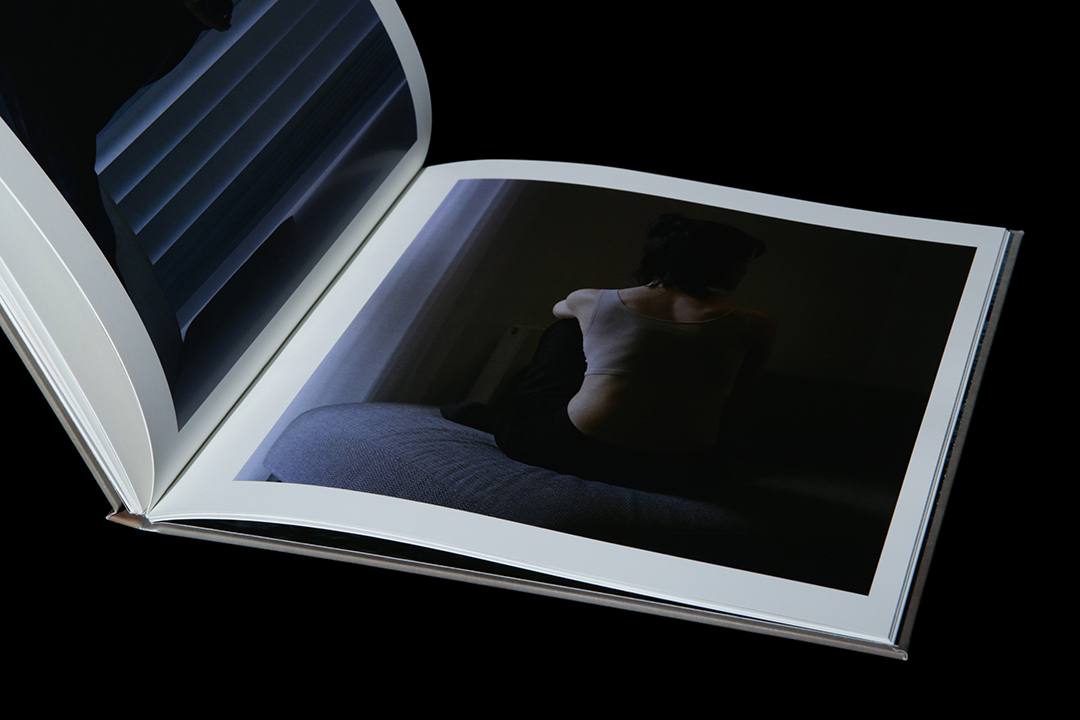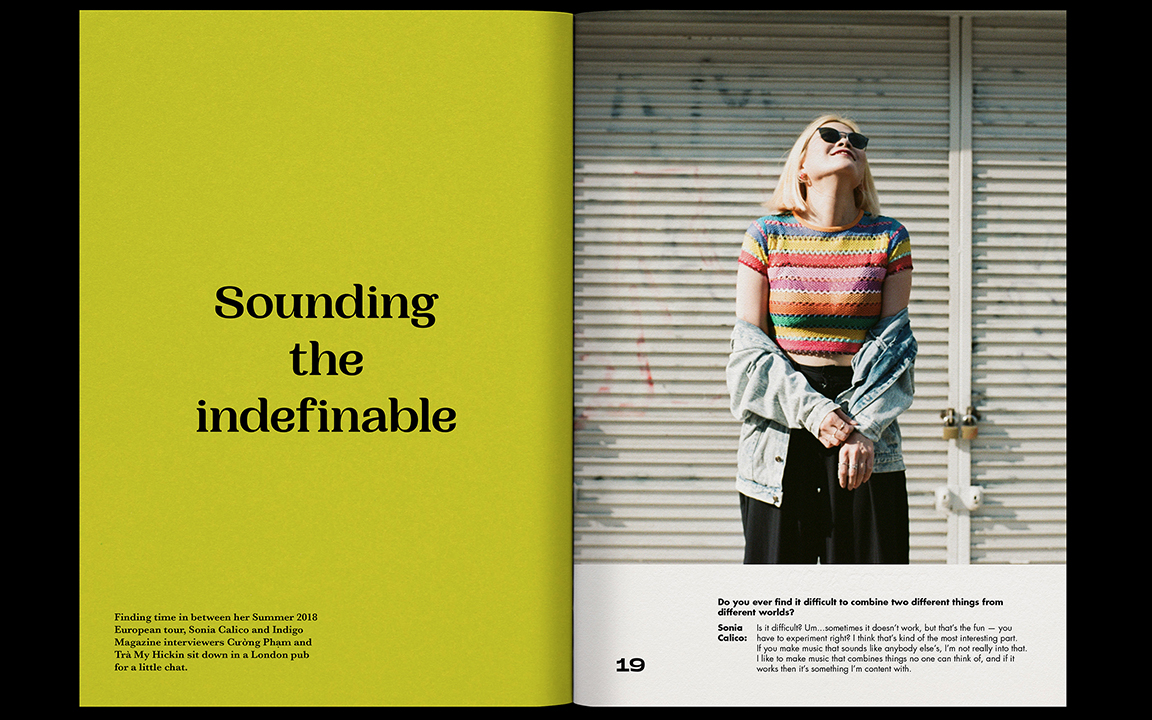Xuan Phan
Meet London-based graphic designer, Xuan Phan.

Tell us a little bit about yourself.
I’m a graphic designer currently based in London. I’ve collaborated with clients around the world for creative graphic work, as well as working in the studios in London. Most of my work projects are client-based advertising, social campaigns, UX/UI work, but I also connect and collaborate with artists for creative side projects. My main focuses are typography, visual identity, editorial, magazine design, and bookmaking.
Describe the city you’re living in and what it’s like to live there.
London definitely has all the features that most big cities have: it’s nice and open, always full of exciting events. I think London is where people come and go. I’ve met a lot of great friends but now they have all moved to other countries. It can be easy to find your own creative community and make friends here, but it’s also really hard to build deep and long-lasting connections.
London definitely has all the features that most big cities have: it’s nice and open, always full of exciting events.
What is the best and worst thing about living in your city?
I like living in London and mostly have a very positive experience here: creative/art-related career opportunities are plentiful, the entertainment is fantastic although somewhat pricey. However, like any place, there are a few downsides. The lack of human interaction makes London one of the loneliest places. Renting and services are also expensive because there is always somebody willing to pay – no matter the price.
Give us 3 words that describe what it’s like to be a creative in your city.
liberating, challenging, competitive
How did you start your career in art?
After graduation from high school, I went to university and studied design in Ho Chi Minh City, Vietnam but I wasn’t happy with the course there, so I dropped out and started working.
In 2015 I moved to London to study graphic & communication design seriously. Over the years, I have been questioning the function of design and its relationship with technology, community, culture, and social context of design. Having learned that graphic design is a communication tool to be understood by all concerned, I have emphasised the creation of works that are not only visually engaging but must also be conceptually driven, with clear meaning and an inspiring message. Besides, I am passionate about conceiving works that put people at their core, which gives me an advantage when it comes to communicating human emotions through design and making the society in which I live a better place.
I am passionate about conceiving works that put people at their core, which gives me an advantage when it comes to communicating human emotions through design and making the society in which I live a better place.
Were the people around you supportive of your decision on working as a creative?
Most of my friends are working in the creative industry so they’re all very supportive, but my parents were not happy with my decision to be a designer at first. They both work in the fields of finance or economics and want me to follow in their footsteps – understandably so… I had a difficult time trying to prove that I’m totally serious about my career choice. It helps shift my parents’ perspective when they see that my passion translates into hard work.
What are some goals and ambitions you have for your future work?
It is still a common and out-dated perception that graphic design is just about making things look visually pleasing and trendy. However, I believe that authentic thinking about design theories and practices can dismiss such misconceptions. It is all about designing solutions, inspiring people and delivering work that makes sense. My goal is to create more innovative work that inspires the audience to act, or think differently about a brand or an organisation, or acknowledge a political subject or a social issue. I also would love to connect with more like-minded creatives and collaborate on further projects that make positive impacts on society in the future.
It is all about designing solutions, inspiring people and delivering work that makes sense.
If you could collaborate with any person in the world who would it be?
Angus Hyland, Yuri Suzuki, and Nhu Xuan Hua
How would you describe the women around you?
They are super proactive and independent, supportive and hard-working but also very sensitive. They place their creative hearts on their sleeves and lay them out for display. As vulnerable as that may be, it is also brave to convey such tenderness. Without it, it would be impossible for us to connect to one another.
Were there any local female creatives that you looked up to when you were growing up?
When I was in high school, I had a group of female friends who greatly inspired and supported me. They were photographers and singers – most of them had dropped out of school, broken off from a family-centric culture and created their own traditions. They never shied away from taking the creative risk to bring a project to real life. At that time, we really struggled with money as we didn’t really have support from our families. Most of the projects are self-funded so we tried our best to support each other, both financially and mentally. Seeing them work hard and grow through those trials has always been something I looked up to. It was also the best friendships I have had in life.
Are there any challenging aspects of being a female in your industry?
Based on my experience, I would say there are no significant differences or obstacles of being female in the graphic design field. I’ve worked with many female art directors and designers and they’re all powerful. But, being an Asian woman designer here is quite challenging. I often find it hard to gain the respect that a white male colleague would naturally receive without much effort, so I tend to focus on letting my work speak for me.
The right question, at the right moment and in the right context, can make a significant impact on how a design ends up.
Do you have any advice to young women who are aspiring to work in your field?
Graphic Design is a broad industry. Whether you want to use moving image, graphic poster, or typography as your main practice, asking the right questions before beginning any type of work is essential. The right question, at the right moment and in the right context, can make a significant impact on how a design ends up. Don’t shy away from experimenting with different media to solve the design problem. Be experimental, be creative as much as you can.
Photos courtesy of Xuan Phan.
Website:
Instagram:
Instagram:
Date:
December 2, 2019














